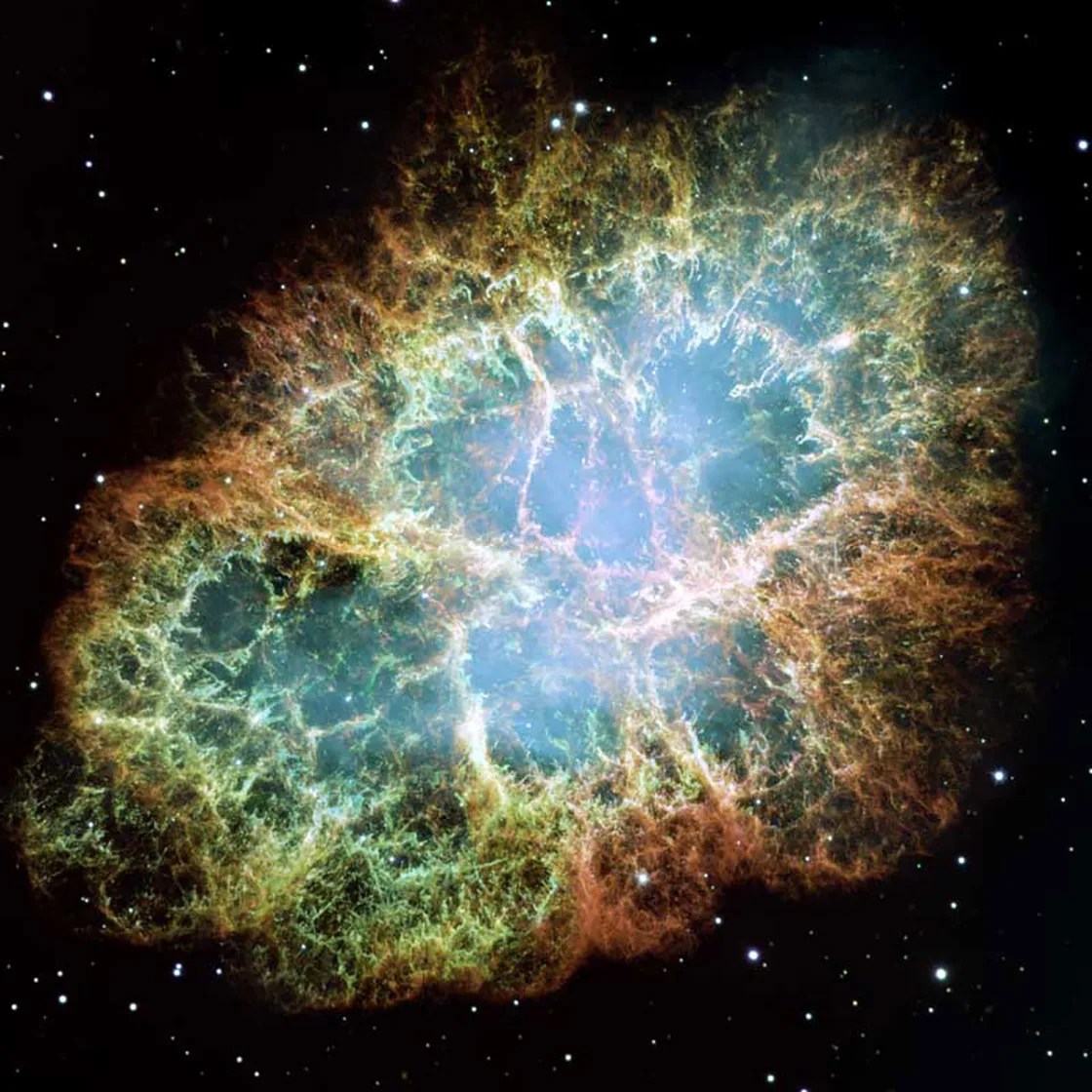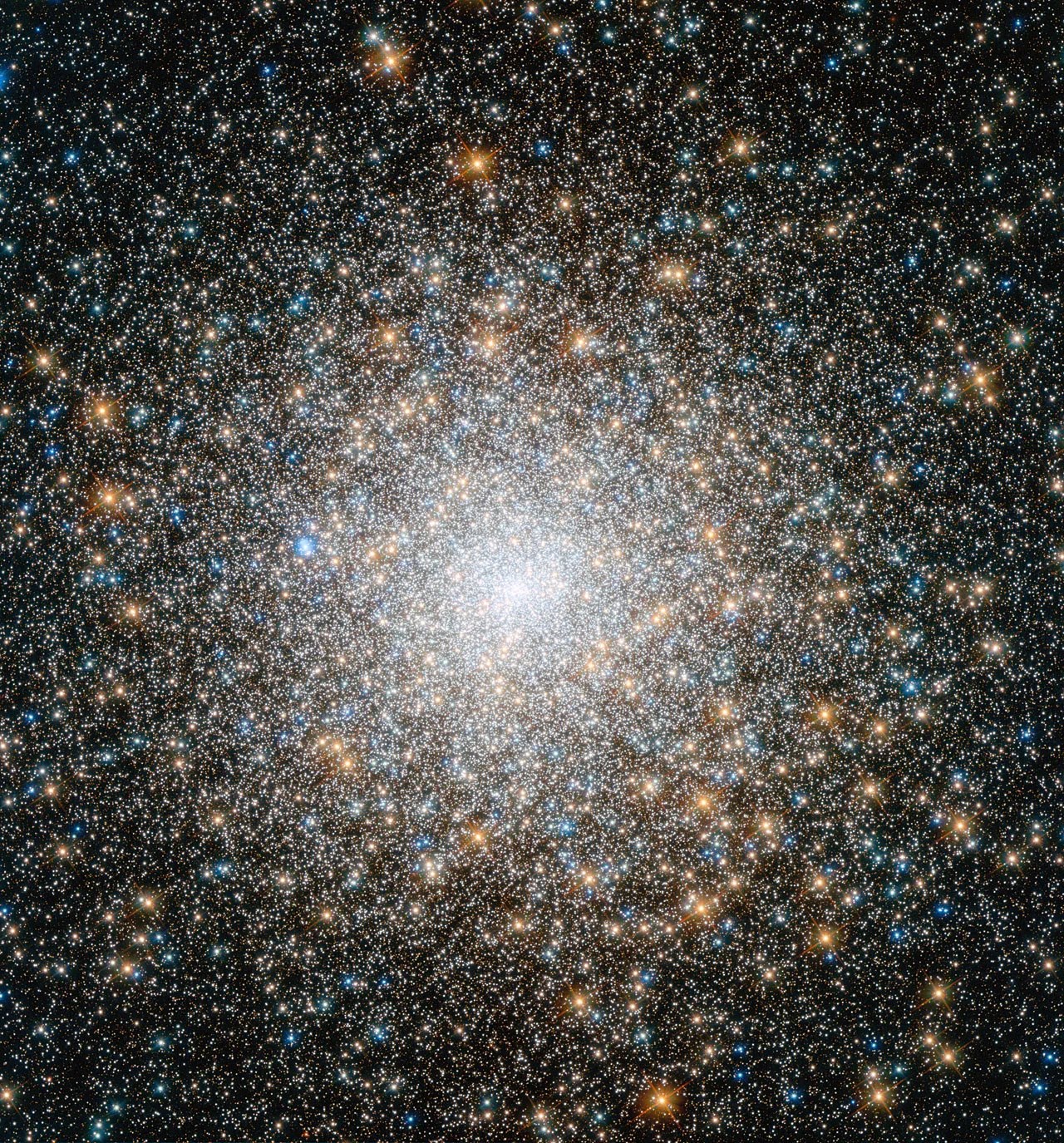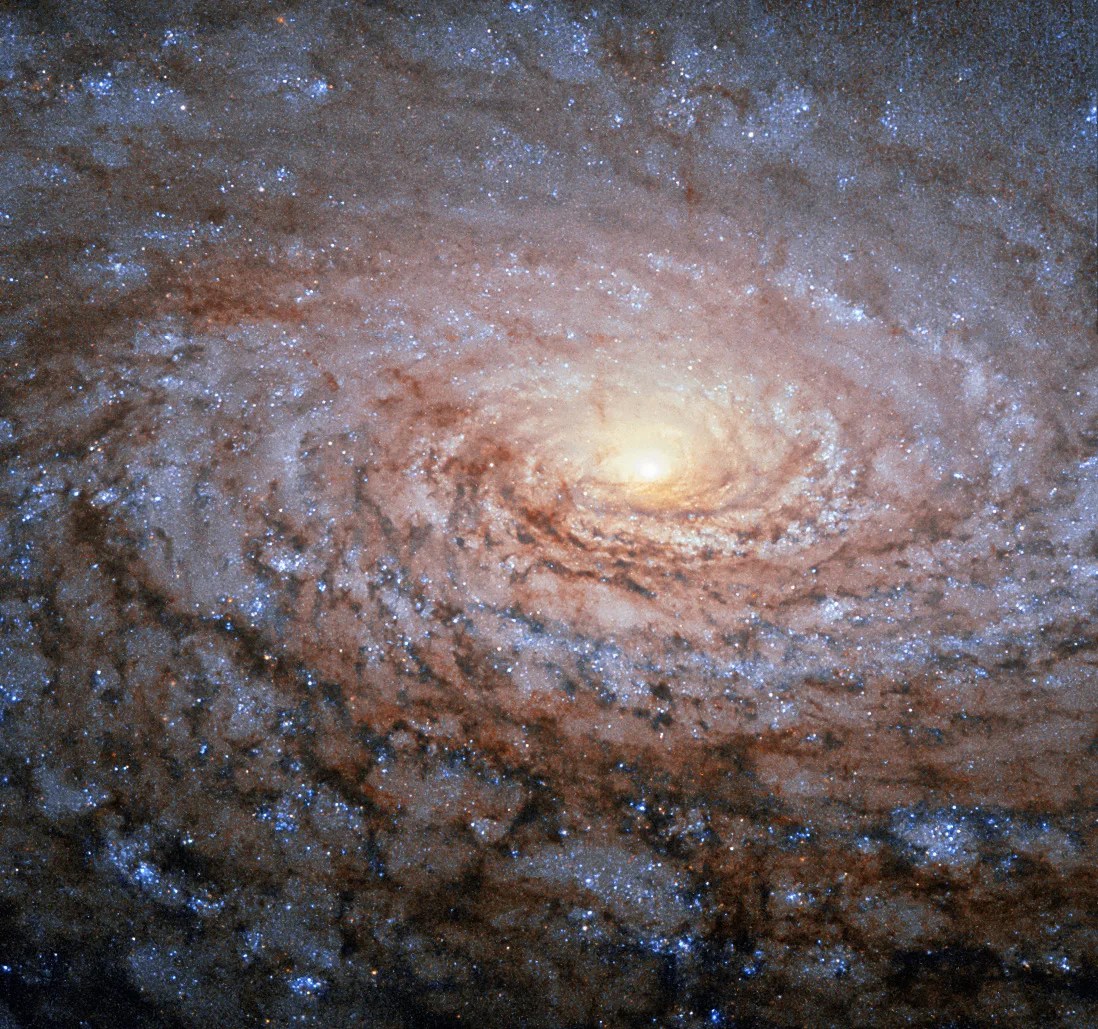Hubble's Messier Catalog
The objects in Charles Messier’s catalog are nice targets for backyard astronomers with a pair of binoculars or a small telescope and a relatively dark sky.
Quick Facts
Overview
The Messier catalog, begun by astronomer Charles Messier in the 18th Century and revised over the years, includes some of the most fascinating astronomical objects that can be observed from Earth’s Northern Hemisphere. Among them are deep-sky objects that can be viewed in stunning detail using larger telescopes but are also bright enough to be seen through a small telescope. This characteristic makes Messier objects extremely popular targets for amateur astronomers possessing all levels of experience and equipment. They are so popular, in fact, that they have inspired a special award from the Astronomical League (an organization for amateur astronomers) given to observers who are able to spot each of these objects. Those who succeed receive a certificate and are given the distinction of being in the Messier Club.
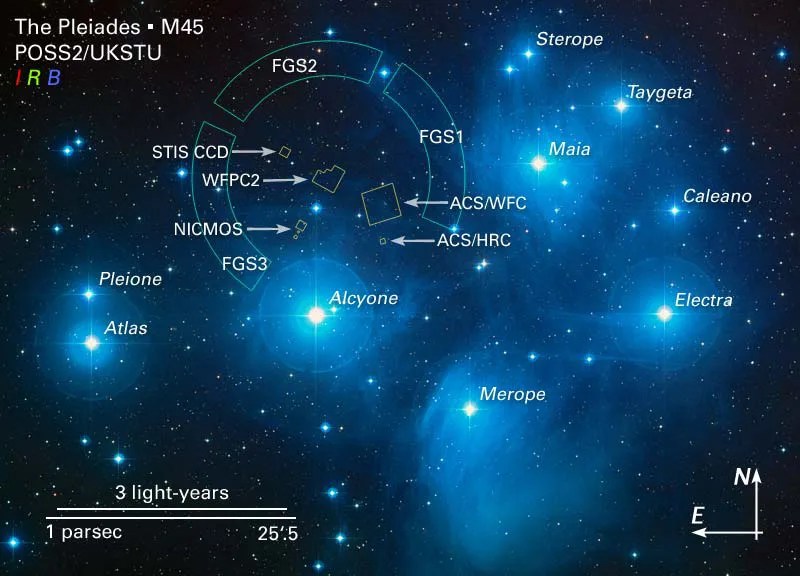
While the Hubble Space Telescope has not produced images of every object in the Messier catalog, it has observed 96 of the 110 total as of June 2018, 86 of those observations were processed into the images below. Some of Hubble's photographs offer views of a given object in its entirety, but many focus on specific areas of interest. While Hubble is able to magnify objects very effectively, it has a relatively small field of view. This means that, in some cases, Hubble would need to take many exposures to capture an entire object. Although this is not always an efficient use of its time, as is the case for the widely spaced “open” star clusters in the Messier catalog, many exposures are taken when the scientific value justifies the time spent. One of these objects is the Andromeda galaxy (designated M31 in Messier’s catalog). In order to create a mosaic image that depicts almost half of Andromeda, Hubble has taken nearly 7,400 exposures of the galaxy.
Unlike a digital camera that takes a single photograph in red, green and blue light to create a single full-color image, Hubble takes monochrome images at specific wavelengths of light. These specific wavelengths can reveal characteristics of an object that are of scientific interest, such as the presence of a particular chemical element. Multiple observations at different wavelengths can be combined to form a single image that reveals all of these characteristics at once but doesn’t necessarily contain the full spectrum of visible light. In those cases, colors are assigned to each wavelength to highlight the different characteristics, offering a deeper understanding of the object’s properties.
Additionally, Hubble is equipped to take infrared and ultraviolet images, which can reveal information that cannot be obtained using only visible light. Because infrared and ultraviolet light are not visible to human eyes, these images need to be processed in such a way that makes them meaningful to observers. This is done by assigning colors that humans can perceive to the wavelengths that they cannot.
Whether their tool of choice is a sophisticated ground-based telescope, a decent pair of binoculars, or simply their naked eyes, observers hunting for Messier objects can use the data gathered from Hubble’s spectacular images to deepen their understanding of these 110 highlights of the night sky as they carry on the tradition of amateur astronomy.
The following pages contain some of the best images from Hubble’s Messier catalog taken thus far.
History
Charles Messier
Charles Messier (1730–1817) was a French astronomer best known for his "Catalog of Nebulae and Star Clusters."
An avid comet-hunter, Messier compiled a catalog of deep-sky objects in order to help prevent other comet enthusiasts from wasting their time studying objects that were not comets.
Read more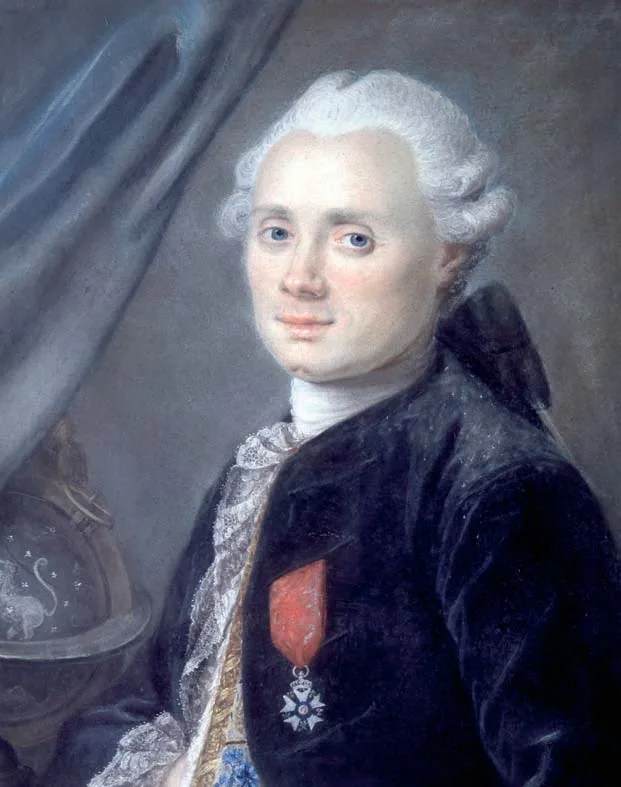
Hubble's Messier Catalog
Use Hubble's images to help guide your exploration of the Messier catalog.

